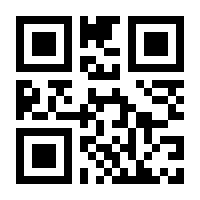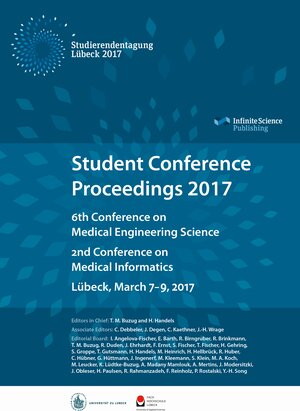Student Conference Proceedings 2017
6th Conference on Medical Engineering Science and 2nd Conference on Medical Informatics
herausgegeben von Thorsten Buzug und Heinz HandelsThe contributions to this proceedings book show how new approaches and methods in medical engineering and medical informatics can advance medicine, health and health care. The papers focus on the following topics:
Biochemical Physics:
Safety and Quality:
Biomedical Engineering:
E-Health:
Image Processing:
Signal Processing:
Medical Imaging:
Biochemical Physics:
Safety and Quality:
Biomedical Engineering:
E-Health:
Image Processing:
Signal Processing:
Medical Imaging:







